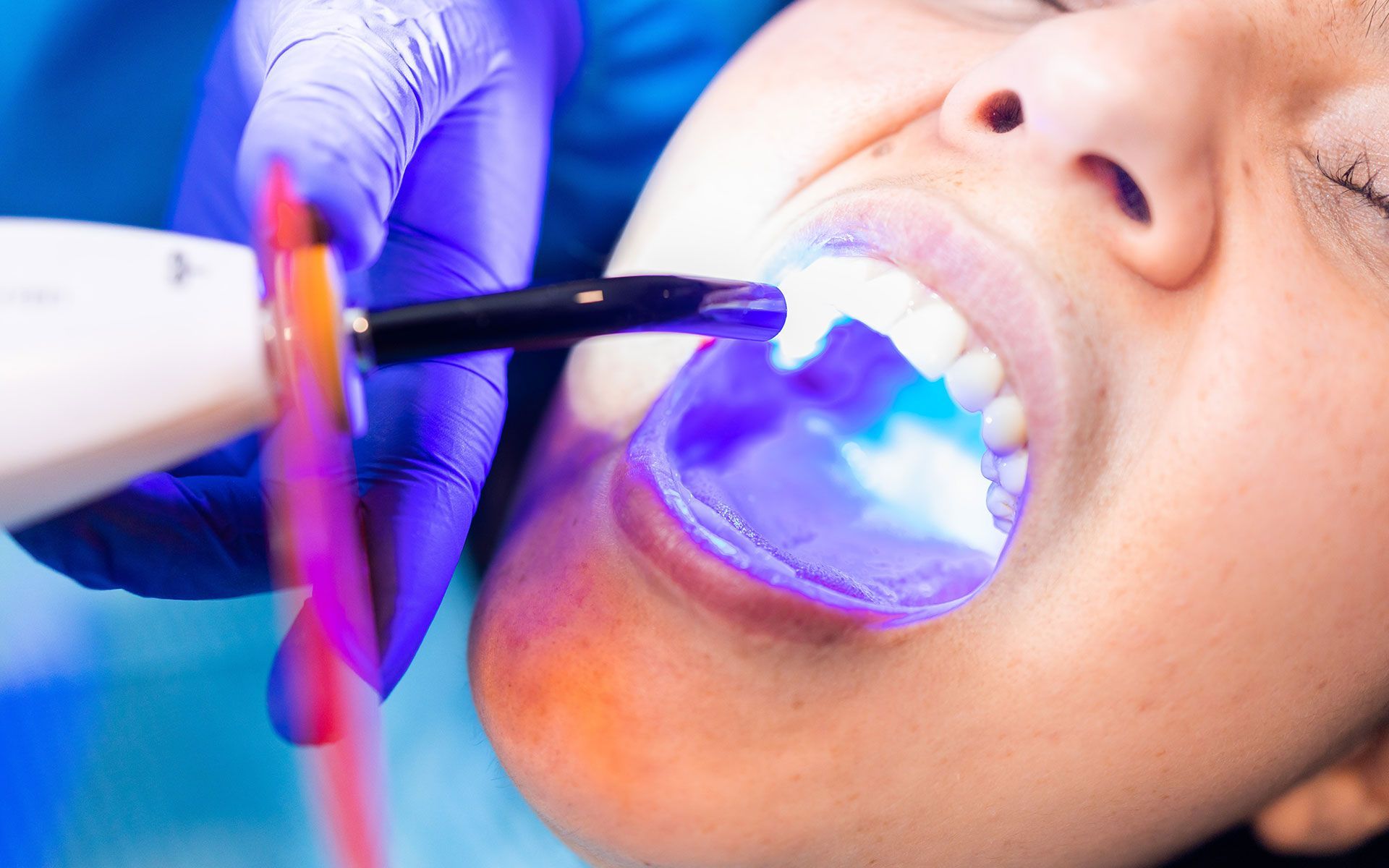Fillings & Restorative Dentistry in Smithtown, NY
Restorative dentistry is essential for repairing and preserving teeth that have been damaged by decay, injury, or wear. At Norman M. Rubin, DDS in Smithtown, NY, we provide comprehensive restorative dental care, including high-quality fillings, crowns, and other treatments designed to restore structure, function, and appearance. Each restoration is tailored to the specific condition of the tooth, with a focus on long-term durability and oral health.
Treating Tooth Decay with Dental Fillings
Tooth decay is one of the most common oral health concerns. When left untreated, cavities can progress through the enamel and into the deeper layers of the tooth, eventually compromising its structure and leading to pain or infection. Dental fillings are the primary method for treating early-stage decay by removing the damaged portion of the tooth and filling the space with a restorative material.
The process begins with the removal of decayed tissue, followed by thorough cleaning of the affected area. Once the cavity is free of decay, a tooth-colored composite resin is placed and sculpted to match the natural contour of the tooth. The material is then hardened with a curing light and polished to blend seamlessly with the surrounding enamel.
Composite fillings are widely used for their aesthetic qualities and bond strength. They are suitable for treating cavities in both visible front teeth and functional back teeth, offering a durable and discreet solution.
Replacing Worn or Broken Fillings
Over time, existing fillings may begin to wear, fracture, or loosen. When this occurs, bacteria can re-enter the space between the filling and the tooth, leading to recurrent decay. Timely replacement of worn fillings is necessary to maintain the health of the tooth and prevent the need for more extensive treatments.
At our Smithtown, NY office, we evaluate the integrity of existing restorations during every exam. If replacement is needed, the old filling is removed and the area is re-cleaned before a new filling is placed. In some cases, if the damage is more extensive, a larger restoration such as an inlay, onlay, or crown may be recommended.
Restoring Strength with Dental Crowns
When a tooth has experienced significant decay or structural damage, a filling alone may not provide enough support. In these cases, a dental crown is often the most appropriate solution. Crowns are custom-made restorations that fully encase the tooth, restoring its shape, strength, and function.
Crowns are typically used after root canal treatment, on teeth with large fillings, or on teeth that are cracked or weakened. They are fabricated from durable materials such as porcelain, zirconia, or porcelain-fused-to-metal, and are matched to the natural color of your teeth for a lifelike appearance.
To prepare for a crown, the tooth is shaped to allow room for the restoration. Impressions are taken and sent to a dental laboratory, where the crown is designed to fit precisely. A temporary crown may be placed while the permanent one is being fabricated. Once ready, the crown is cemented into place and adjusted for proper bite alignment.
Managing Tooth Fractures and Minor Damage
In addition to decay, teeth can be damaged by trauma, grinding, or biting hard objects. Minor chips and fractures may not always require crowns or root canals. Instead, direct bonding with composite resin can be used to repair the affected area.
Bonding involves the application of tooth-colored material to rebuild the damaged portion of the tooth. This technique is particularly effective for front teeth where appearance is a concern. It provides a conservative solution that requires minimal removal of healthy tooth structure.
For larger fractures that compromise the tooth’s stability, partial crowns or full coverage restorations may be needed to restore function and prevent further breakdown.
Preserving Tooth Structure Through Conservative Dentistry
A central principle of restorative care at Norman M. Rubin, DDS is the preservation of natural tooth structure. Whenever possible, minimally invasive techniques are used to treat decay and damage while retaining as much of the healthy tooth as possible.
Inlays and onlays, for example, are partial restorations used when damage is too extensive for a filling but not severe enough to require a crown. These restorations are custom-made to fit precisely into the prepared area, restoring strength without compromising healthy enamel.
By choosing conservative options, long-term outcomes improve, and the need for future treatments is often reduced.
Preventing Future Damage with Routine Care
Effective restorative dentistry also includes prevention. Maintaining restored teeth requires good oral hygiene, regular professional cleanings, and ongoing evaluations. During routine exams at our Smithtown, NY office, restorations are carefully inspected for signs of wear or failure.
Preventive care also includes patient education on proper brushing, flossing, and avoiding habits that can compromise restorations, such as chewing ice or using teeth as tools. Nightguards may be recommended for patients who grind their teeth during sleep to protect both natural and restored teeth from excessive pressure.

